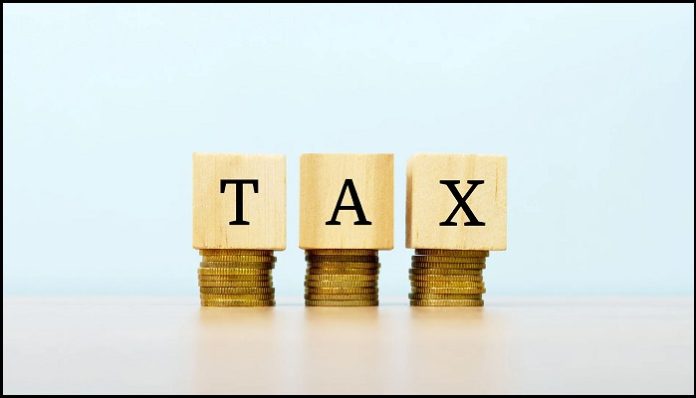Income Tax: During the income tax return (ITR) filing season, taxpayers, especially new ones, may have various questions in their minds.
One of the common queries is regarding the Tax Deduction and Collection Account Number (TAN), which is necessary for an individual to have while deducting tax deducted at source (TDS).
In this regard, let’s take a quick look at what TAN is, who uses it, and why it is necessary.
Income Tax: What is TAN?
According to Section 203A of the Income Tax Act of 1961, TAN or Tax Deduction and Collection Account Number is a ten-digit alphanumeric code that individuals who are responsible for deducting or collecting taxes must obtain.
The Income Tax Department (ITD) assigns TAN, and it is mandatory for all TDS statements to include it.
Income Tax: Who should have TAN?
Individuals who are responsible for deducting or collecting taxes are required to obtain a Tax Deduction and Collection Account Number (TAN).
It is compulsory for those liable to deduct tax at source or collect tax at source to obtain a TAN, and they must quote it in all TDS or TCS transactions.
This includes e-TCS/TDS returns, TDS/TCS payment challans, and TDS/TCS certificates, among other things.
Income Tax: How to apply for TAN?
Individuals can apply for TAN number online as well as offline.
-For offline application, one should file Form 49B (Form of application for allotment of tax deduction and collection account number) in duplicate and submit it to any TIN Facilitation Centres (TIN-FC).
Addresses of TIN-FCs are available at the NSDL-TIN website (https://www.tin-nsdl.com).
-For online application, one should visit the NSDL-TIN website.
Addresses of the TIN FC are available at www.incometaxindia.gov.in or https://www.tin-nsdl.com.
Currently, the fee for filing the TAN application is Rs.55/- + GST as applicable (the application fees may change from time to time).
